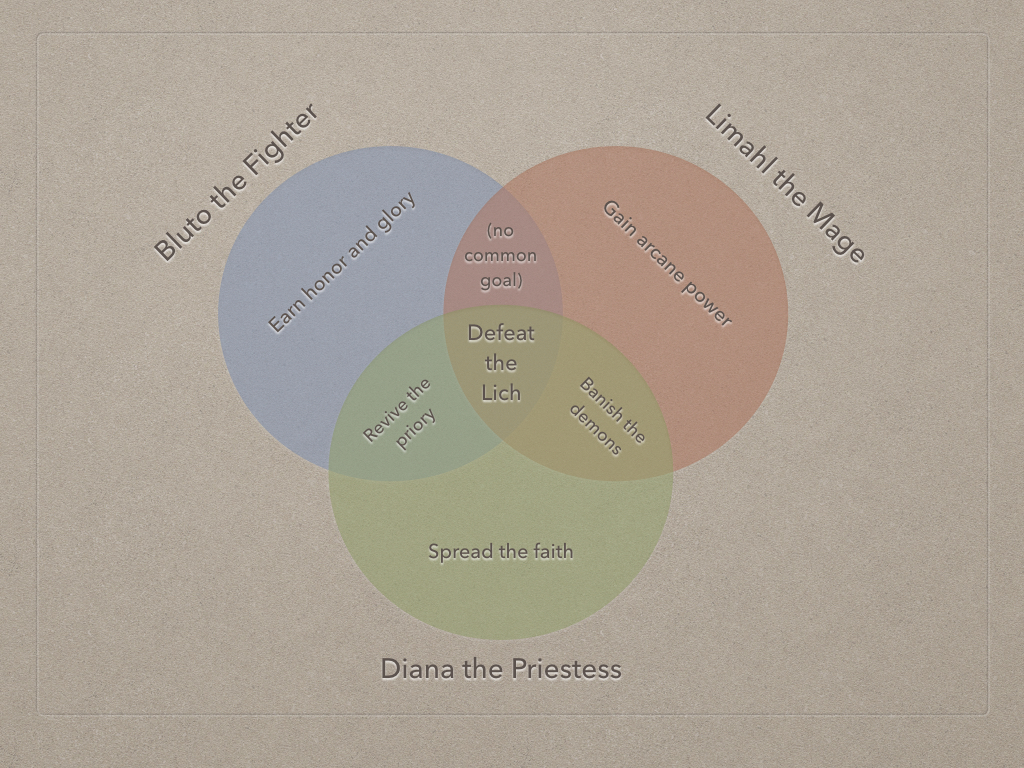In my day job working on computer games, I’ve been looking into a number of games that have procedurally generated features. From algorithmically built worlds to randomized characters, the computer creates various components and turns the manipulation of them over to the players. The result is an emergent narrative of the players’ story. Consider this in contrast to a more heavily scripted game structure in which the narrative beats are specifically planned. In games with key procedurally generated components, the heaviest decision making and the consequences imposed on the world are driven by the players’ choice, as opposed to the narrative designer’s (or in this case, the GM’s). While the GM always arbitrates the rules, some amount of outcome is always dictated as a result of player choice — because interaction is what distinguishes a game from more traditionally consumed media.
Heat Signature features procedurally generated characters and game spaces, and this critical video posits that three questions form the basis of the player’s interactions with and investment in the game. A simple expression of these three questions translates into the medium of tabletop RPGs, as well (and isn’t contingent on procedural generation).

Example procedurally generated 3D geometrical prints.
What do the players have?
In this case, “have” is a broad understanding of the characters’ capabilities. This can include everything from their equipment to their skills to unique powers or functions. D&D’s class features, Vampire’s Disciplines, Mutants & Masterminds’ Advantages: These are all under the umbrella of what the players have, and they go a long way toward satisfying the essential experience of the game. The players can have much or they can have very little — the story of the game is about using what they have to effect change.
What do the players want?
At its simplest, what the players want is their immediate objective. Save the princess. Slay the dragon. Intercept the shipment. Beyond that, the game grows in complexity and the story grows in meaning as the players layer their characters’ personal desires with the shared narrative goal. The archetypal adventuring party is the most common example of this, and Vampire made much of subverting common goals and interleaving them with conflicting personal goals. Most games build upon the relatedness of goals by constructing the players’ various aims that can be represented as Venn diagrams, and groups that have good dynamics often see player characters assisting each other in achieving their personal objectives.

An example of where a party’s interests and goals may overlap. Note that Limahl later went on to a musical career with Kajagoogoo.
What happens next?
This is up to you. This is the intersection of what the players have, what they want, and how the game systems model their attempts to achieve their goals with the tools at hand. This is where the verbs happen, this is where the static scene becomes a dynamic story. This is why everyone gathers around the tabletop.